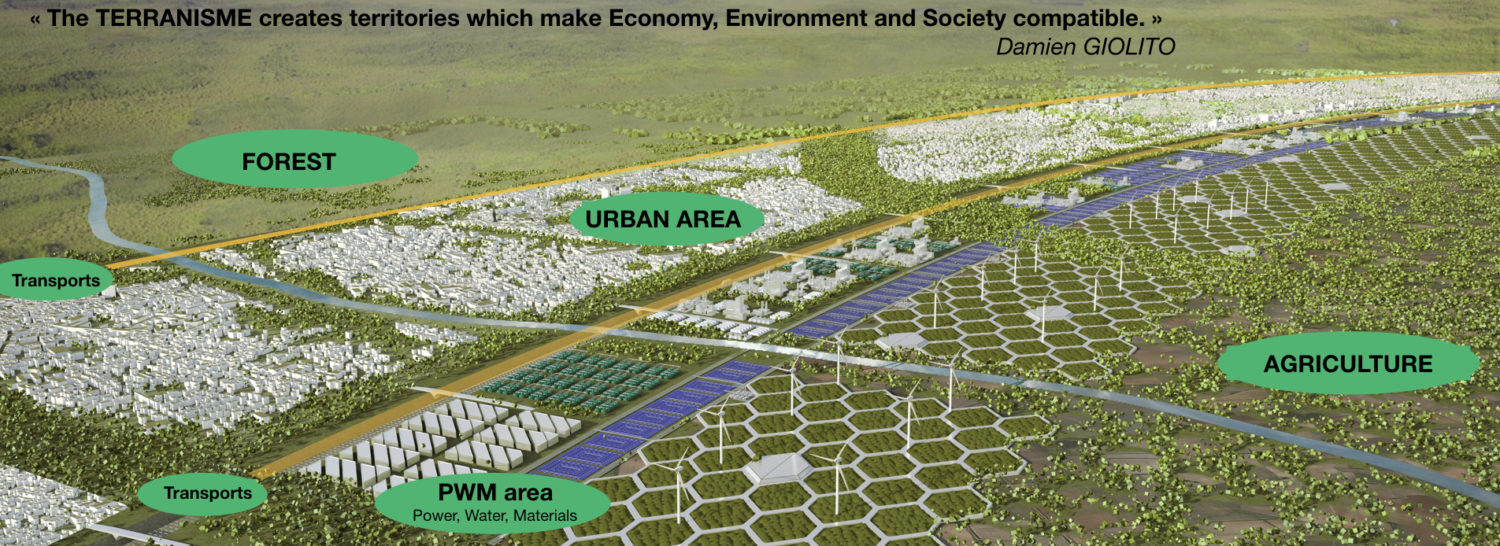Hello world,
LAVILLE & Co was in Quito for the UN HABITAT III conference, gathering people from all over the world about habitat and urban development topics. The event was BIG, 40000 lecturers, exhibitors, participants. For Four days, Quito was really crowded around Parque Del Albojito!!!
The dynamics around cities is simply incredible. From academicians to politicians, urban planners, to NGOs or private companies, a lot of people develop ideas and actions to adapt the urban growth to the population expansion, the carbon reduction targets, the striving exercise of mobility into the cities, the waste reduction, the sustainable energy development, the houses and habitat program. In addition, a lot of organization fight fur human rights: poor people, gender issues, children access to education, women rights to say the least.
Feeling after 4 days of intensive discussions and meeting with more than 100 people is nevertheless a subtil mix between all the power of will from all of us to push towards what we can call “a better world” on the one hand. On the other hand, the effects can be very slow, or very local and it reigns a strange feeling of a powerless strength of action facing the huge world inertia and frustration.
What this tends to say is the transition is, and will be, a long battle, for us now and generation to come. There is a great deal of hope because all the solutions are known. Their application is somehow complicated and depends more of interests at stake than technical issues. The other good news is the issue of interest seems to be quite similar from one city or another in the world. In this sense we can expect that an sufficient amount of change, could cause chain reactions, the most difficult part being to reach a critical level.
What the cities does strive with?
-LAND: this is the most critical item of all and what creates a lot of confusions. The regulations and prices can vary terribly from the city center to the outskirt. It generally vary in the same sense, creating concentrated centers of power and wealth. As any concentration, it leads to more concentration and with time city knots are so tight it’s more and more difficult to make them loose a little bit. This lead to the compartmented city that creates distance between homes, supplies and work. This typical city still need cars, or a huge development of public transportation.
-MOBILITY: A a result of the LAND effect, urban planners becomes geniuses to find solution to cope with the distance situation: Bus corridors, metros, bicycle incentives, pedestrian areas, the issue is dealt with with all available solutions.
-SOCIAL DISTANCES: This is also a LAND effect. Districts are so often compartment is tight relation with social classes, that it does not help diversity and classes exchange. This lead immediately to the price of land with a perverse effect in the creation of slums. Many cities in the world grew beyond the threshold where any human being could not see in the city, his own interest to improve his life condition, meet people, create a family. As a result, when massive population comes to cities who are not prepared for this, people just settle there as so called “informal”. They do not own the land, they have no administrative identity and they juste strive for survival. Municipalities are not always willful to help them as they are no taxpayers and most of the time in emerging countries, city incomes are very low. This creates stationary situations that can last for decades with no real solutions appearing, while people are crowded in the worse situation of violence, stress, unemployment, deregulation, sanitary, education.
-ENERGY: Sustainable energy is slow to come, but the move is really started in plenty cities. At the moment, the choice that has been made is mainly to produce electricity (solar, wind, biomass…) and to transport the energy to the city. Local energy and local grid are still local action, but it’s also on the move.
-FOOD: That’s the point where the city can be the most fragile. Distance between food production and cities can be very important, releasing in the air a lot of CO2 and creating a lack of autonomy in some countries due to monocultural food production. Nevertheless, the FAO works and relays urban agriculture which is certainly a must in the decades to come.
-WASTES: That is an item on the list which tend to gather interests. All over the world, waste selection and re-usage really becomes more and more popular. There is no doubt a strong positive trend is happening.
Unfortunately this is not an exhaustive list. But it’s good to see for each big issue facing cites, there are competent people to solve them. LAVILLE & Co is in this mode, with a holistic view of what’s done in the world, to helping you solve your urban troubles in all these activities.
Thanks and good day.
Damien
Damien GIOLITO
LAVILLE – A sustainable city with no oil and no car
http://laville.global
damien.giolito@gmail.com
+33 625 25 04 79

